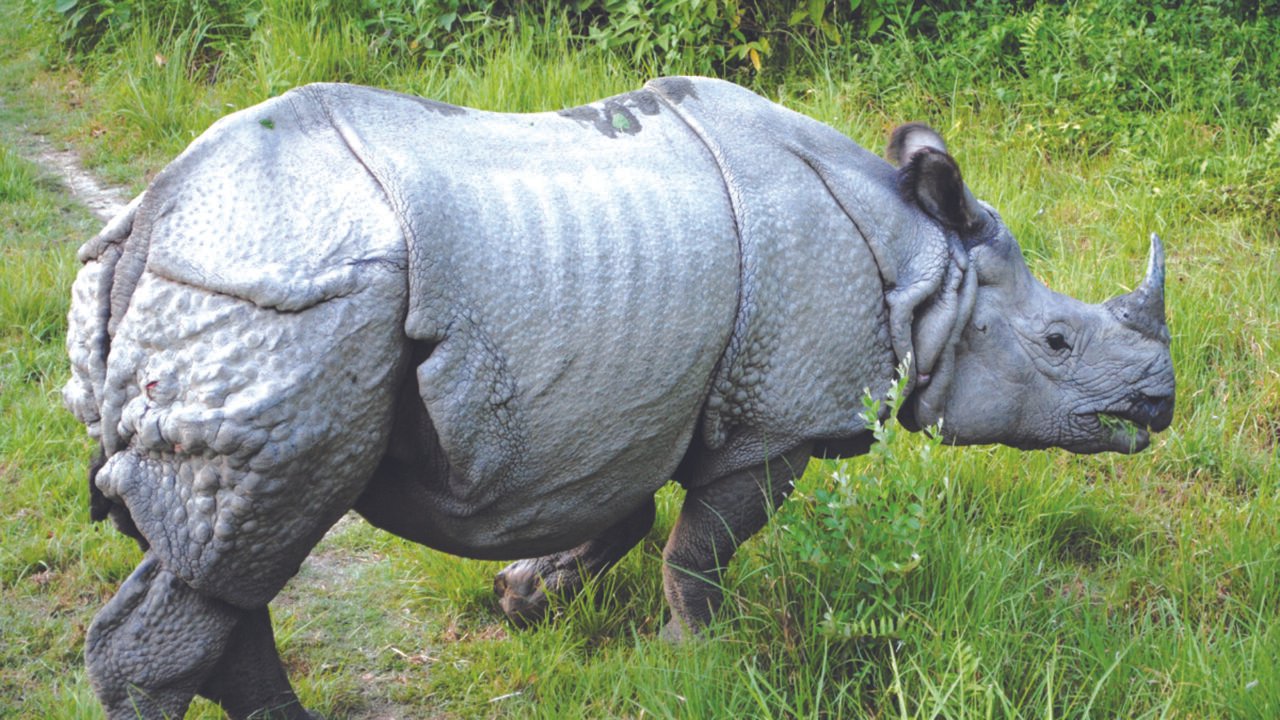HT Digital
September 23, Monday: Assam has witnessed a remarkable rise in its one-horned rhinoceros population, with numbers increasing fivefold since the 1960s. Once on the brink of extinction due to rampant poaching and habitat loss, the state’s rhino population is now thriving, thanks to sustained conservation efforts. This achievement underscores Assam’s role as a critical hub for wildlife protection, particularly for the endangered species.
In the 1960s, Assam had only around 366 rhinos, but today, the state boasts over 2,700 rhinos, a testament to the success of conservation initiatives. Kaziranga National Park, a UNESCO World Heritage Site, plays a central role in this recovery. The park alone is home to over 2,600 rhinos, making it the largest sanctuary for the species globally.
Conservation strategies, including anti-poaching measures, habitat restoration, and community involvement, have been instrumental in this success. Assam’s forest department, along with various non-governmental organizations and wildlife activists, has worked tirelessly to protect these majestic animals. The introduction of high-tech surveillance systems and increased patrolling has helped curb poaching, which was once a significant threat to rhino populations.
While the growing numbers are a reason for celebration, conservationists warn that challenges remain, particularly the need to secure more habitat for the rhinos as their population grows. Encroachment, floods, and human-wildlife conflict pose ongoing threats, making it essential to continue the vigilance and support for conservation efforts.
This fivefold increase in rhino numbers is not only a victory for Assam but also a global conservation success, showcasing the state’s commitment to protecting its wildlife heritage.












